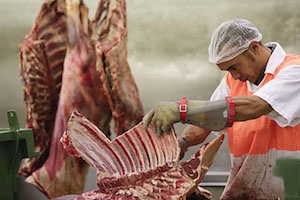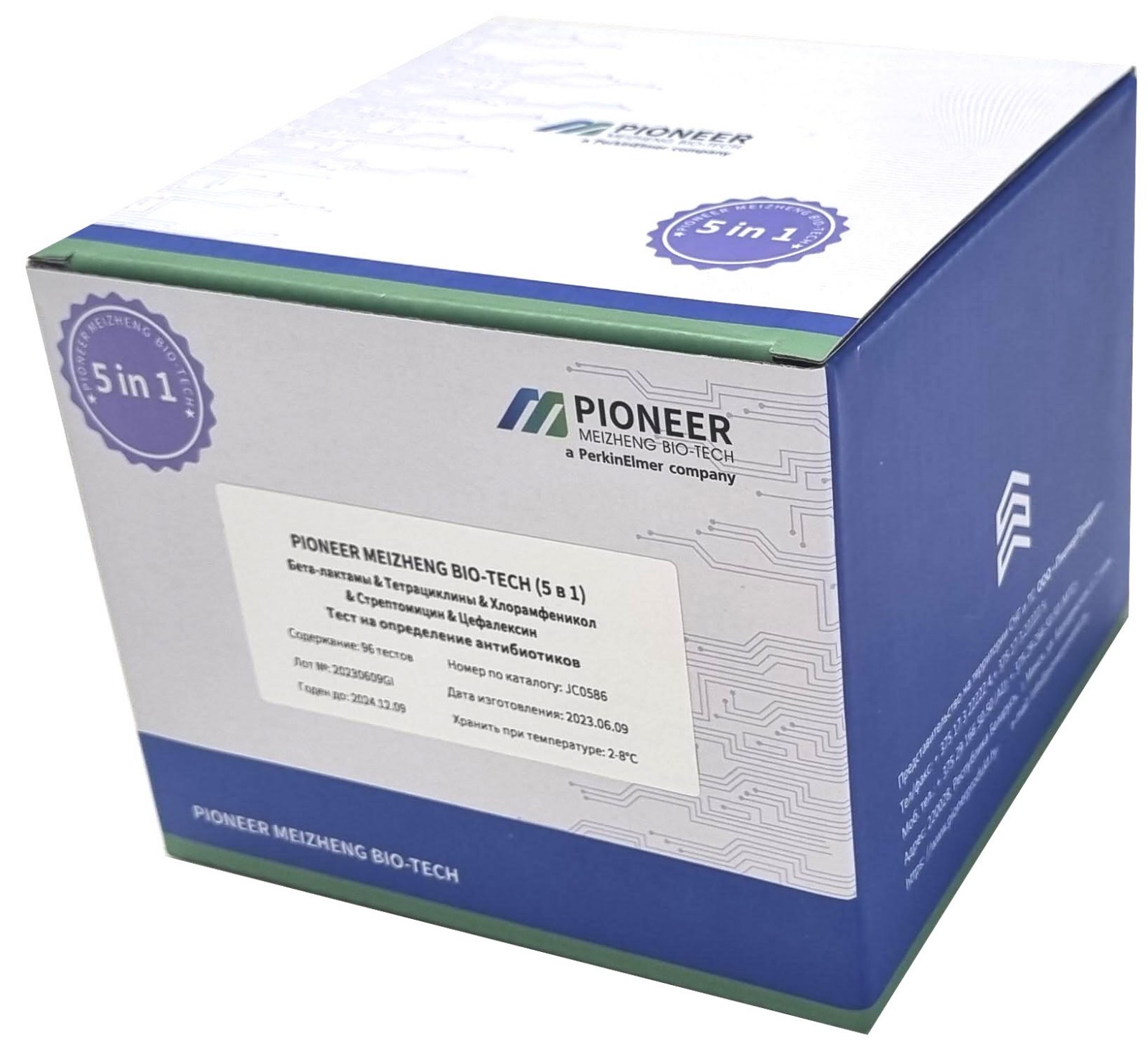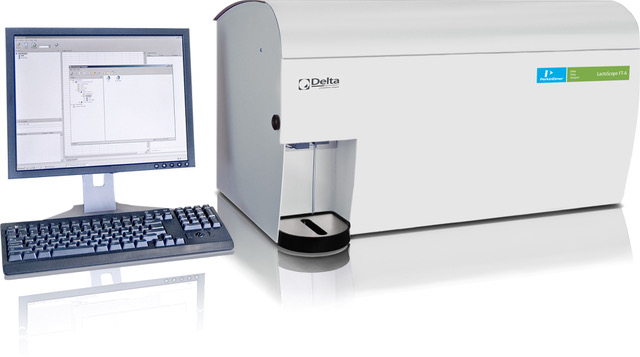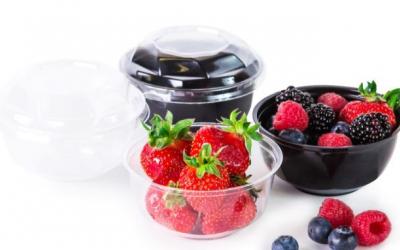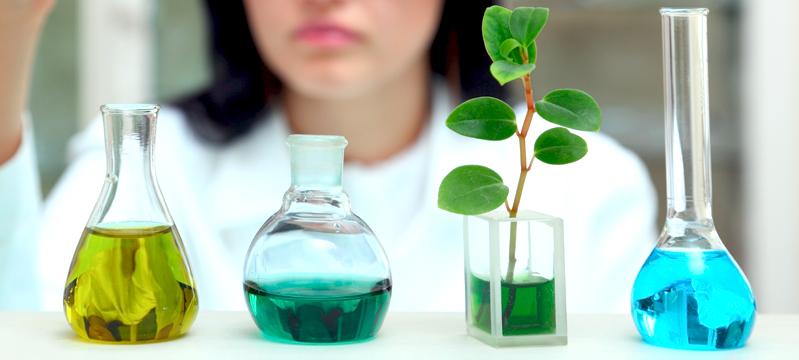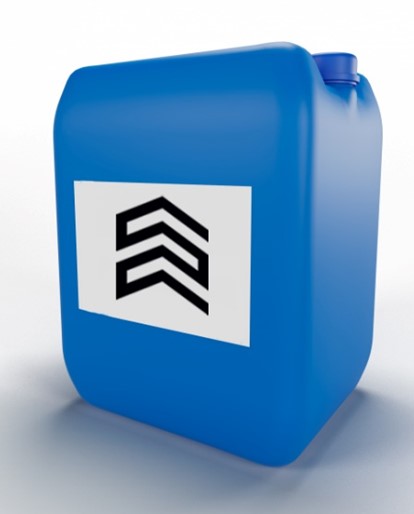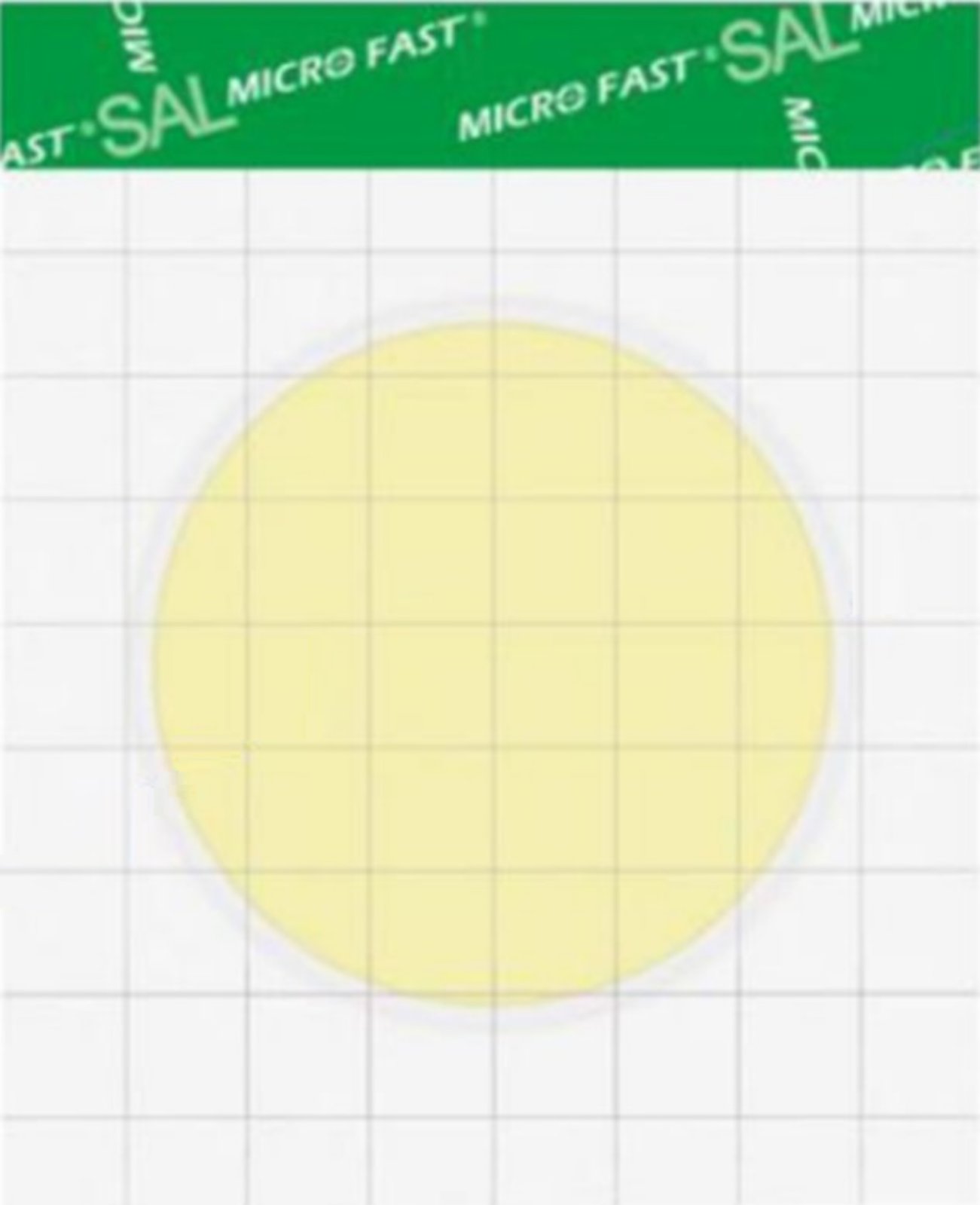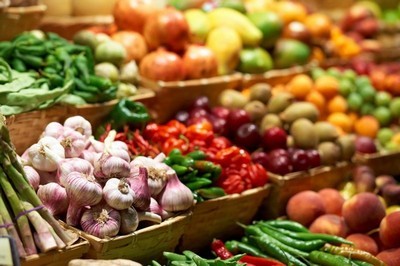A riot of feathers: expectations and prospects for Russian poultry farming
“A sharp geopolitical turn is forcing the domestic poultry industry to look for new footholds, develop its genetics, look for new partners, and in such times it is especially valuable to hear the opinion of leading experts,” noted Dmitry Anosov, DIRECTOR of the poultry division of the VIK Group of Companies, and moderator of the forum.
In his report, Director General of the National Union of Poultry Farmers Sergei Lakhtyukhov presented the results of 2022, as well as forecasts and trends for the period 2023–2024. Last year was a successful year for the industry with significant growth: for the first time the threshold of 7 million tonnes of poultry production for slaughter in live weight was reached across all farms. At the same time, poultry farming continues to be one of the leading industries in the EXPORT of poultry products.
Based on the results of 2022, RUSSIA entered the TOP 10 exporting countries, occupying about 2.5% of the world market. Compared to 2019, exports increased by almost 70%, while imports decreased by more than 20%. The speaker noted that Russia is confidently moving towards full provision of its own hatching eggs.
The downward trend in imports continues this year, where over 7 months there was a reduction in imports by 35%. Since 2019, the volume of imports of chicken hatching eggs has almost halved. At the same time, the demand for poultry products is growing in all segments. Thanks to the government's efforts to stimulate the consumption of quality products, purchasing power increases. In addition, the expert noted that several investment projects are planned aimed at expanding poultry farming sites.
“The global MEAT market will grow by about 3% next year, despite the fact that this growth is limited by inflation and rising costs, its drivers will be the poultry and pork market,” said Sergei Pavlyuchenko, general director of the information and analytical portal Meatinfo.
According to him, feed prices are planned to be reduced. This will be possible thanks to countries such as the Russian Federation, where the production of all types of grains is growing rapidly, productivity is increasing and new technologies are being mastered.
The main risks are outbreaks of animal diseases, as the speaker emphasized. Over the next few years, the annual growth rate will average 1.3% (in 2024 it will be about 3%), mainly due to the recovery in Southeast Asia, especially in CHINA. Global meat production is projected to reach 345.4 million tons, with the meat market valued at $1.345 trillion by 2029. The most favorable forecasts concern the production of poultry meat, where the volume is expected to reach 165.8 tons. Improvements in feed quality, selection, demand and profitability are expected due to more efficient production cycles.
Exports are forecast to increase by about 3% in 2024. The growth in pork exports will be 32%, beef – 23%, chicken – 40%, lamb and turkey – approximately 5%.
The Russian poultry market is expected to experience moderate growth in production, as well as an increase in household incomes, export sales and consumption. However, market saturation, increased logistics costs and the weakening of the ruble may be a limiting factor.
“Data on production volume: 7.1 million tons are expected this year, a little more next year. The market is saturated, pork is beginning to “eat away” a significant part of the poultry meat market share. Today, the difference in price between poultry and pork is about 10%,” the expert said.
Executive Director of the VIC Group of Companies Sergei Kasparyants said that meat production in the world will continue to grow, and by 2032 its consumption is expected to increase by 20%. He also noted that the EAEU countries are the largest producers of meat products and are among the top 5 countries in the world, and Russia ranks second in the world in the production of turkey meat.
Currently, the market for veterinary drugs still depends on imported supplies - on average about 50%. In Russia, the actual market for commercial vaccines depends on imports by 75-85%. However, significant changes in the vaccine market and the emergence of new players are expected in the near future.
As for coccidiostats, another popular group of poultry drugs, the share of imports is 80%, but by 2028 it is expected that 80% of coccidiostats will be produced in Russia. Similar figures (80%) are planned for hormonal drugs by 2029.
The situation with antibacterial products is different: 48% of them are imported, mainly for small pets. It is expected that by the end of 2023, about 60% of antibacterial agents will be produced in Russia, and by 2025 - 85%.
However, the geopolitical situation imposes its limitations. Currently, Russia is faced with problems of importing technology, incubation equipment, ventilation, harvesters, and the import of vaccines into the country has almost completely stopped.
According to the speaker, the market for feed additives is more dynamic and less regulated than the market for veterinary drugs. Feed additives only require a quality certificate, and some of them undergo a simplified state registration procedure. Last year there was a change when companies from Europe, which ceased their activities in the Russian market, were replaced by Chinese manufacturers who managed to satisfy the demand in the market. As a result, in 2022 even more feed additives were imported than in the previous year. This means, according to the expert, that the eastern vector has shifted without any negative consequences. The market has changed its attitude towards the quality of Asian products, and in the future most of the supplies will be carried out from Asian countries.
However, this situation is unacceptable for veterinary medicine. If you make a similar vector shift with veterinary drugs, this will lead to a decrease in the quality of these drugs by 30-35%. Quality cannot be replaced by quantity due to toxic effects, safety risks, detection of antibiotic residues in finished products and increasing risks of epidemic outbreaks.
“How will the veterinary drug market in the Russian Federation change in 5 years? Active construction of new production facilities is expected, and it is already underway - almost all large companies have begun to invest in new production sites... Pharma will also move towards the synthesis of substances. Another important trend is the digitalization of the industry and the introduction of artificial intelligence to obtain more accurate diagnoses in advance,” added Sergey Kasparyants.
Towards the end of the speech, the expert announced that the Russian Ministry of Agriculture plans to allocate 63 billion rubles for co-financing veterinary medicine until 2030, which will be a significant incentive for the development of this industry.
On September 1, Federal Law 317 came into force , amending the law on the circulation of medicines, according to Timur Chibilyaev, executive director of the National Veterinary Association. He noted that from March 13, 2024, a large list of rules governing the circulation of veterinary drugs will change, but this will not affect permission to import into the Russian market. Drugs registered in the countries of the Eurasian Economic Union before March 13 will still have the right to circulate in the territory of the Union. The circulation of goods registered before March 13 will remain free for the entire territory of the Eurasian Economic Union, but manufacturers will have to bring the documentation for drugs into compliance with the new requirements until 2027. This is due to the fact that after 2027 there will be no local registration rules. That is, before this period it is possible to register veterinary drugs according to local rules in certain territories, and after that they will have to be registered only in accordance with the rules of the Eurasian Economic Union, the expert explained.
Director of the Department of Agricultural Policy of the Eurasian Economic Commission Armen Harutyunyan presented an analysis of the poultry farming market in the Eurasian Economic Union. According to him, in 2022, the self-sufficiency of the union countries in the production of poultry meat was 101%, with a total production volume of 6.1 million tons, of which 6 million tons are consumed within the union. Exports of poultry meat in 2021 increased 4 times compared to 2017. Currently, the Eurasian Economic Union exports its products to 57 countries. The main consumer is China , whose share of exports is 59%, followed by Saudi Arabia .
Currently, the food security indicator in the Eurasian Economic Union is at a fairly high level - 93% for all main categories, the expert noted.
“How is preferential financing carried out for projects that are of a cooperation and integration nature? If two or more EAEU members present a joint investment project with the participation of the Eurasian Development Bank, we provide preferential rates. Individual projects can also participate in such initiatives,” the speaker said. The role of the EEC is to determine to what extent a particular project meets the criteria of integration and cooperation, he clarified.

